
Champion in
Circular Economy Technologies
During the years this green and circular approach has been extended by Engitec to several metallurgical sectors of nonferrous industry, always complaining with the most stringent prevailing environmental rules and laws and complying with the most stringent JSL (Job Safety Laws). Here a summary of the technologies offered by Engitec

Lead
Secondary lead from lead-acid batteries recycling Primary lead from ore concentrate Special Equipment dedicated to the Lead industry.
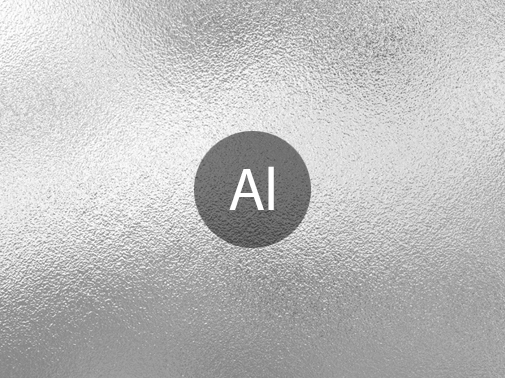
Aluminum
Secondary Aluminum from scrap. Aluminum billets and profiles throught continuous and semi-continuous casting Aluminum salt slag treatment.
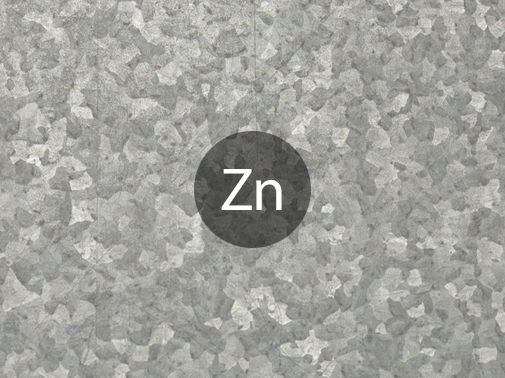
Zinc
Zinc scrap treatment and smelting. EAF dust treatment. Zinc Electrowinning from CZOry.
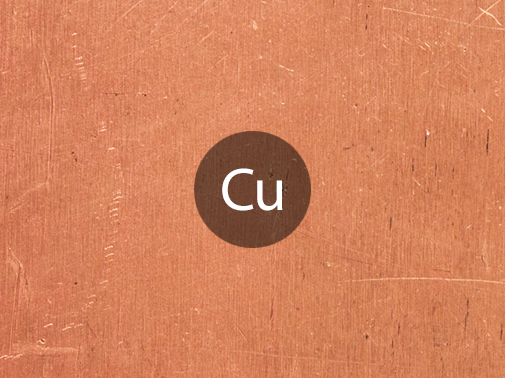
Copper
Copper scrap processing. Copper and Copper alloys production. Primary Copper from ore concentrate and oxyde
Technical Papers
During the past twenty-five years, Engitec has given a remarkable contribution to the scientific community of the nonferrous industry, through the diffusion of several scientific and technical papers of various valuable scientific subjects.
In this section of Engitec website we have incorporated the abstract of the most significative technical papers.
Full paper is available upon your appreciated and kind written request.
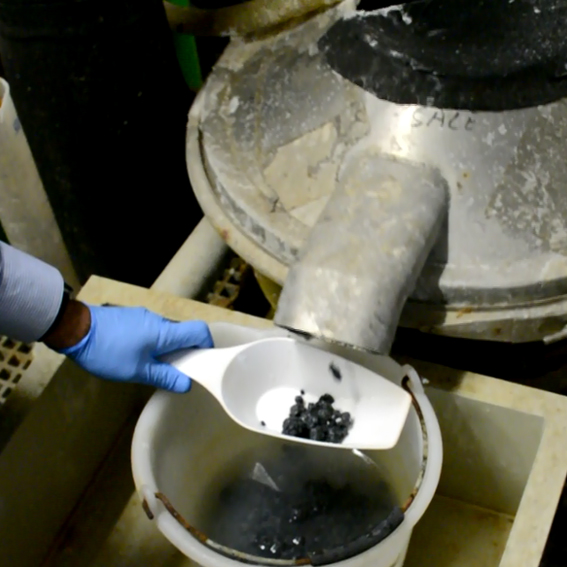
1 – Secondary PB processing:
it’s time for Electrochemistry
The environmental pressure on lead production has been increasing for many years, and continues to become stronger and stronger. The lead production processes and technologies themselves will require updating to meet the new regulations. Although they are very strict now, they will become even more so and current technologies may not be sufficient.
Because recyclability is a strong point for the lead acid battery, the secondary smelters need to reduce the environmental impact as much as possible. In recent years, the secondary smelters underwent impressive changes in this direction, but some more improvements are possible.
Electrochemistry can offer a step change improvement in making secondary lead production more environmentally friendly. Engitec has developed an electrochemical process base on a very high current density (high productivity) cell using an inexpensive electrolyte and at a relatively low cost.
In this paper, the latest update on the technology is given

2 – New Frontier in Lead
Acid Battery Recycling
This new way of operating this section is going to heavily modify the whole battery recycling process allowing the removal of some problematic units and a further reduction of the environmental impact.
In this paper we will present this new technological approach and the relevant technical and economical advantages.
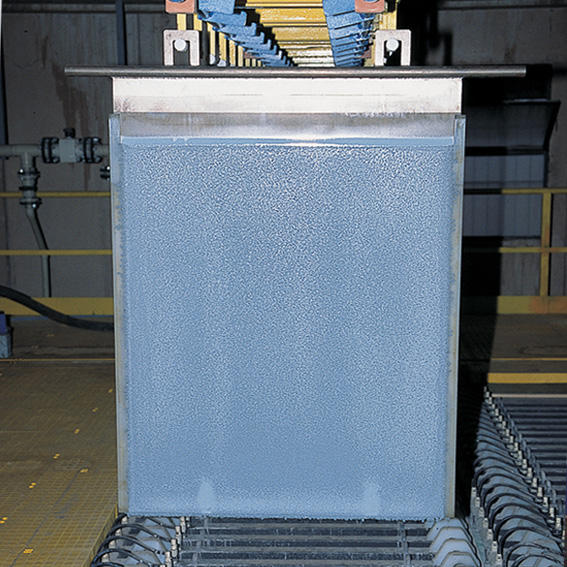
and secondaries
The problem of zinc production from secondary sources is not yet solved despite a lot of different alternatives were presented and some of them are under evaluation.
The EZINEX® Process, industrially applied to EAF in the last decade of the last century and dormant for a long time, is generating a lot of interest. Engitec decided the it was the right time to revitalize it and the process underwent to a revision work finalized to the process optimization and to the elimination of the problems we have got in the above mentioned industrial plant.
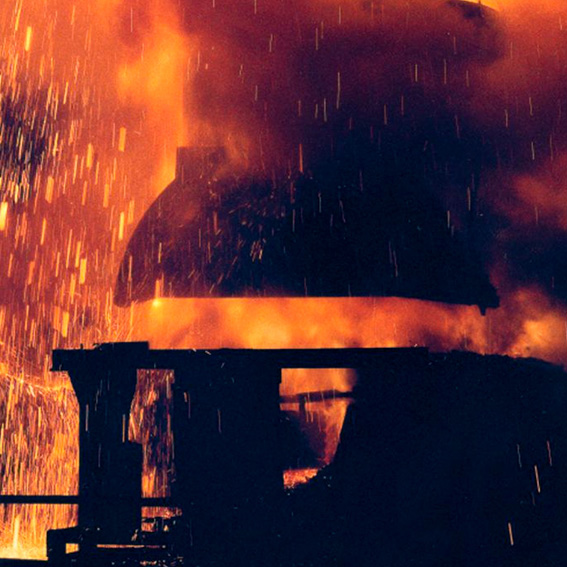
from EAFD
The main cycle of iron is continuously improving by applying the 3R principle (Reduce, Reuse, Recycle). The Green shift of the European Community, proven by a number of new projects trying to substitute the Carbon reducing agent with hydrogen, is producing a new sensibilization of the public opinion about the destiny of all the materials involved in the realization of a product. It is thus becoming more and more mandatory to take care of all the products and byproducts, to reduce or avoid waste residues. A great number of secondary circular processes must be then implemented, connected with the steel main cycle. All these cycles must be faced and resolved in agreement with the best known practices in the market. In this context, the Zinc metal plays a central role in the steel side-loops.
The zinc element evaporates from the Furnace and is back-oxidized by oxygen (air or blast) while moving through the fumes duct.
The Zinc oxide dust is then collected in the baghouse, together with quantities of other salts, like Iron, Calcium, Magnesium, Manganese, Lead oxides and Chlorides. A particular case is represented by the Dust produced by an Electric Arc Furnace equipped with a scrap preheating system. In this case, zinc content can vary from 25 up to 55%, depending on the preheating management. Engitec developed in years a technology able to transform the EAFD directly to Zinc metal, without any pretreatment of concentration, washing, or roasting.
This technology is based on hydrometallurgy and electrochemistry. The potentialities of this choice are well known: near-room-temperature reactions (50-70°C); water solutions environment; selectivity of electrochemistry towards the Zinc; easy scalability of the process; easy start&Stop; chlorine washing avoided; sulphate washing avoided; minimization of the gray water footprint; use of blue water; production of green water.
Thanks to a long-sighted view, a demo-plant was built directly inside a facility in Cape-Gate L.t.D. South Africa. The steps devoted to purification were recently rediscussed and improved in efficiency and sustainability. The demo proved its potentialities and produced metallic zinc plates of SHG purity, with a power consumption of 2700 kWh/ton of zinc. Byproducts were mainly: a) residue: Iron and Manganese oxides, eligible to be fed back to the furnace to recover these elements, and obtain the residual Zinc from zinc ferrites; b) Cements: made of Pb (~50%), Cu, Cd, Ag metal particles, to be sold to lead smelters; c) Manganese dioxide: almost pure compound, to be further purified, or fed in the steel furnace; d) Gypsum: almost pure compound, coming from the managing of Calcium in the Ezinex Electrolyte.
Technology is continuously improving, even from the issues learned from the demo plant, and is now ready to accept the challenge of closing the loop of Zinc recovering from Furnace Dusts.



